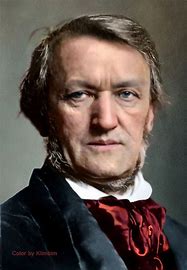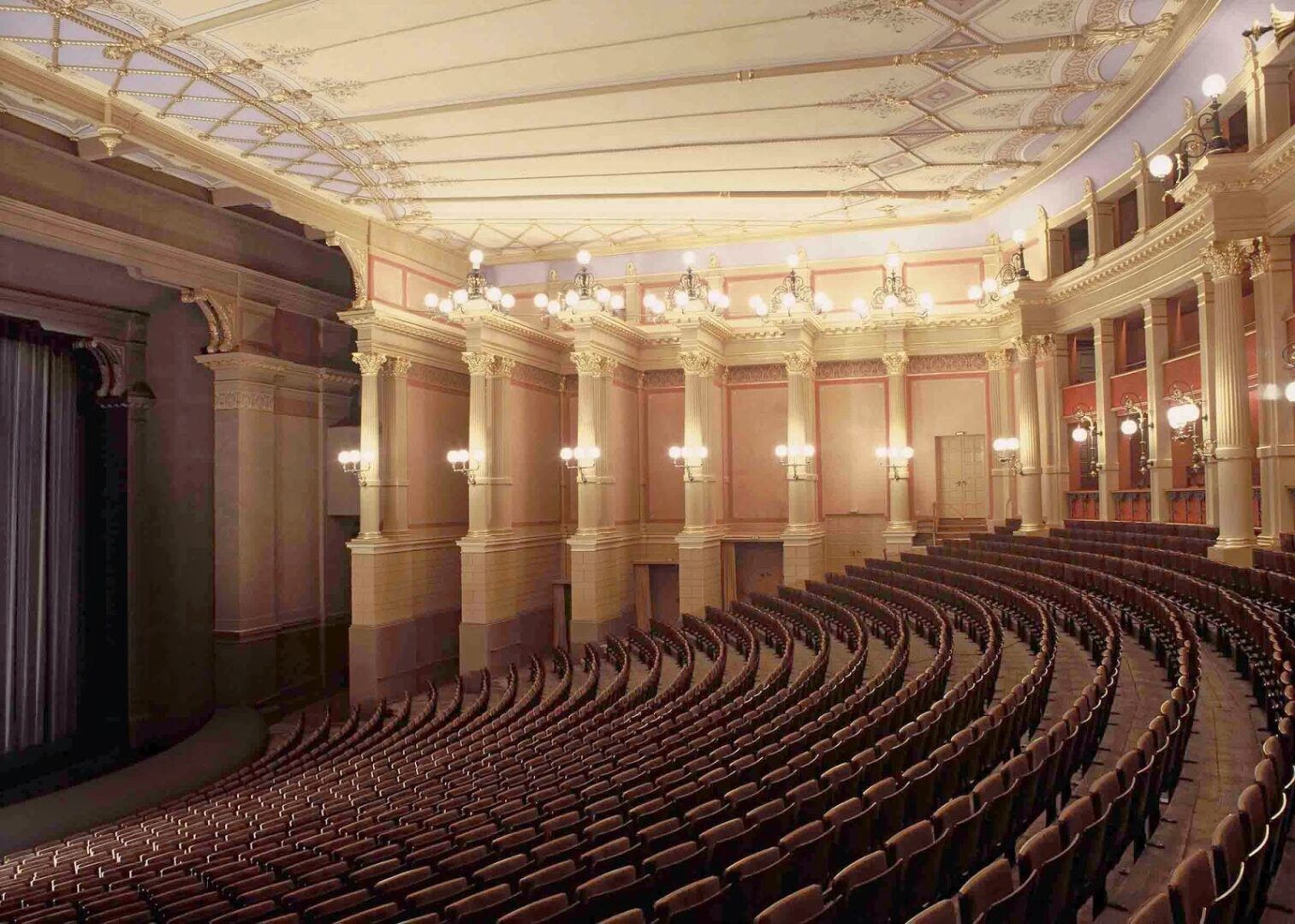Wagner


Grandfather of contemporary anti-semitism, mother of all anti-semites, Richard Wagner is among those of whom we might say to his credit that he never killed anyone. We cannot say he never lied, swindled, or cuckolded because we have long lost that count. Perhaps worst of all, it is said that those who wish to understand Hitler need first to understand Wagner. Hitler was twelve when a performance of Lohengrin made him a lifelong Wagnerian, only to have his Wagnerism elevated to fanatical status when he became privy to Wagner’s numberless and widely disseminated anti-Semitic tracts (the best known, “Judaism in Music”), which provided a palimpsest for the 3rd Reich. The Volk rose in Wagner’s presence with cries of “Hoch!” much as they did later in Hitler’s with cries of “Heil!” Napoleon is perhaps the only personage on whom comparable oceans of ink have been spilled.
The other side of the coin is as admirable as the first is contemptible. We can say, without reservation, that he was one of the supreme artists of all time, most artists unable to match even the entrails of his genius. His Love-Death from Tristan and Isolde is so romantic it might be laced with narcotic, arguably the most sensual music ever composed. His 17-hour Ring Cycle of 4 operas dwarfs all other artistic ambitions. Unlike other composers of opera, he wrote his own librettos, allowing him to brag, not without reason, that he was Shakespeare and Beethoven rolled in one—easily disputable, but not even arguable about anyone else.
He was also a Christopher Wren for his time, reconstructing the opera house for The Ring to specifications which have since taken hold of opera houses and theaters worldwide. The auditorium was plunged in darkness, the orchestra sunk into a pit, boxes and balconies were banished to blanket distractions, seats were tiered in a fantail to focus attention on the stage (lit like a screen), singers instructed to address only one another, not the audience, again to focus attention on the stage.
Four thousand pilgrims descended on tiny Bayreuth for the 4-day premier (August 1876), among them the Kaiser, the Emperor and Empress of Brazil, a Grand Duke from Russia, assorted German princes and dukes, sixty newspapers from around the world (the new transatlantic cable allowing stories to be flashed to America). Among the musicians were Tchaikovsky, Saint-Saens, Gounod, Grieg, and Liszt. The project had taken 25 years, Wagner had done everything, raised the money, built the theater, found the players—composed The Ring! a project which continues to rouse the same passions a hundred years and more past its 1876 premiere.
He was not without detractors: Rossini, not without merit, talked about brilliant moments and boring quarter-hours; Tchaikovsky, writing to his brother, said the last chords of the final opera (Gotterdammerung) had released him as if from a prison; Ernest Newman (his biographer) criticized a rhythmic sameness in the music, slow, ponderous, especially in the early operas. The premiere passed not without humor: the dragon in the third of the four operas (Siegfried) appeared hunchbacked (the neck had been shipped to Beirut leaving no time for a substitute); Bayreuth lacked requisite facilities for transport (patrons arrived exhausted from their climb to the theater mounted atop a nearby hill) and food (chops, baked potatoes, and omelets took precedence in conversations over music as patrons were forced to stomach operas of inordinate lengths instead).
No surprise, Wagner remains unperformed in Israel, not least for the number of Israelis with numbers burned into their flesh.